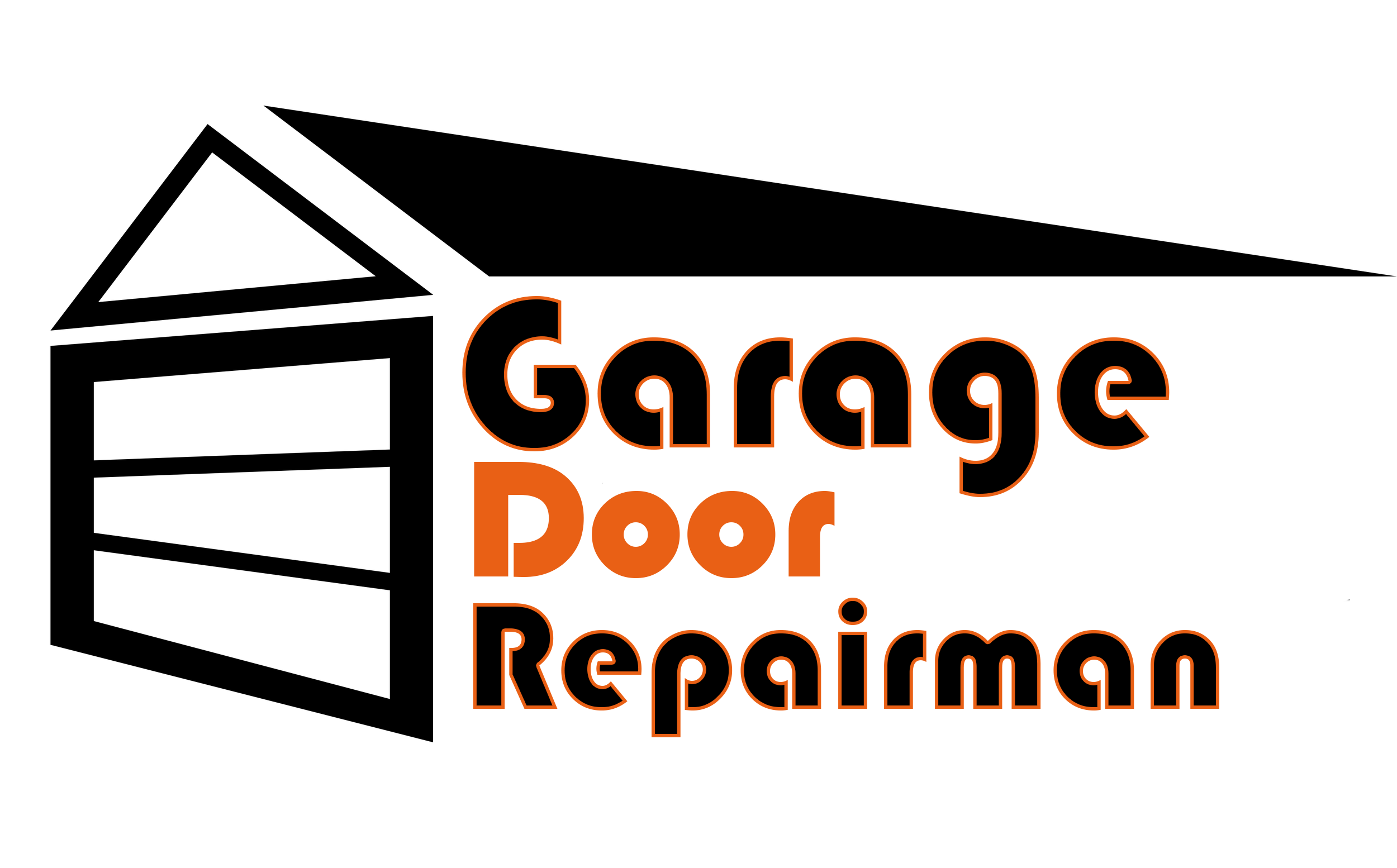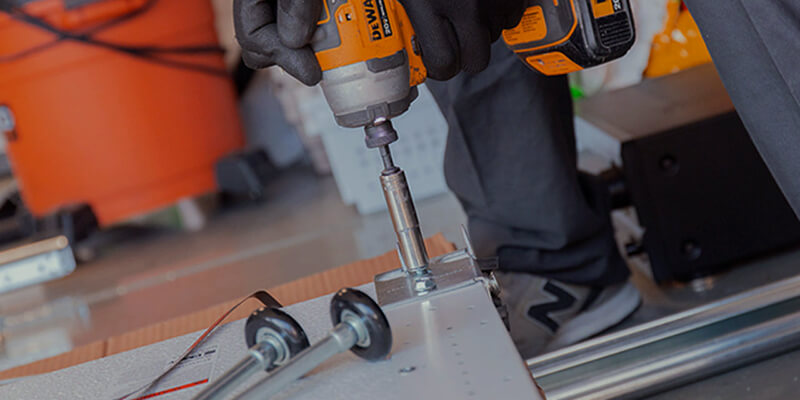If you’re a homeowner, it’s essential to understand how to repair garage door rollers and tracks to ensure your garage door operates smoothly and safely. In this blog article, we’ll discuss the benefits of properly maintaining garage door rollers and tracks, provide safety tips for repairing rollers and tracks, explain how to easily repair rollers and tracks, discuss the tools and supplies needed for repairing rollers and tracks, provide a step by step guide to repairing rollers and tracks, and troubleshoot common issues when repairing rollers and tracks.
Benefits of Properly Maintaining Garage Door Rollers and Tracks
The first step in understanding how to repair garage door rollers and tracks is to understand the benefits of properly maintaining them. Properly maintaining your rollers and tracks will help ensure that your garage door operates smoothly and safely. This will also help reduce the risk of costly repairs or replacements in the future. Additionally, properly maintaining your rollers and tracks will help extend the life of your garage door, saving you time and money in the long run.
Regularly checking and lubricating your rollers and tracks is also important for safety reasons. If your rollers and tracks are not properly maintained, they can become stuck or jammed, making it difficult or even dangerous to open or close your garage door. Thus, it’s important to regularly inspect your rollers and tracks, as well as lubricate them when necessary.
Finally, properly maintaining your garage door rollers and tracks can help ensure that your garage door operates quietly. If your rollers and tracks are not properly maintained, they can become noisy, making it difficult to open and close your garage door without disturbing your neighbors.
Safety Tips for Repairing Rollers and Tracks
When repairing your rollers and tracks, it’s important to follow safety tips to ensure your safety. First and foremost, make sure you turn off the power to your garage door before attempting any repairs. This will help prevent any accidental electrocutions or injuries.
Second, make sure to wear safety goggles when working on your garage door. This will help protect your eyes from any flying debris or sharp objects. Additionally, make sure to wear gloves when handling any tools or supplies to protect your hands from any sharp edges.
Finally, if you’re not comfortable or familiar with performing any repairs yourself, it’s best to hire a professional. A professional will be able to quickly and safely repair your garage door rollers and tracks, saving you time and money in the long run.
How to Easily Repair Rollers and Tracks
Fortunately, repairing your garage door rollers and tracks is relatively easy and doesn’t require any special tools or skills. All you need is some basic hand tools, a few supplies, and a bit of patience. With that said, let’s discuss the tools and supplies you’ll need to repair your rollers and tracks.
Tools and Supplies Needed for Repairing Rollers and Tracks
When repairing your rollers and tracks, you’ll need a few basic hand tools and supplies. These include a Phillips head screwdriver, a flathead screwdriver, a wrench set, a hammer, a lubricant, and a rag.
- The Phillips head screwdriver will be used to remove any screws that may be holding your rollers or tracks in place.
- The flathead screwdriver will be used to pry up any stuck rollers or tracks.
- The wrench set will be used to remove any nuts or bolts that may be holding your rollers or tracks in place.
- The hammer will be used to gently tap any stuck rollers or tracks into place.
- The lubricant will be used to lubricate any stuck rollers or tracks.
- And finally, the rag will be used to wipe away any debris or excess lubricant.
Step-by-Step Guide to Repairing Rollers and Tracks
Now that you have all the necessary tools and supplies, it’s time to begin repairing your rollers and tracks. Here’s a step-by-step guide to help you get started:
- First, open your garage door and inspect the rollers and tracks for any damage or wear and tear. If you find any damage or wear and tear, replace the rollers and tracks as soon as possible.
- Next, remove any screws, bolts, or other fasteners that may be holding the rollers or tracks in place. Use the appropriate tool for the job (e.g. Phillips head screwdriver, wrench, etc.).
- Once the fasteners have been removed, gently tap any stuck rollers or tracks into place with a hammer.
- Once all the rollers and tracks are in place, apply a light coat of lubricant to the rollers and tracks. This will help prevent them from becoming stuck or jammed in the future.
- Finally, reattach the fasteners and close your garage door.
Troubleshooting Common Issues when Repairing Rollers and Tracks
Even with a step-by-step guide, you may still encounter a few issues when repairing your rollers and tracks. Here are a few common issues and their solutions:
- If your rollers or tracks are stuck or jammed, try gently tapping them back into place with a hammer. If this doesn’t work, try applying a light coat of lubricant to the rollers and tracks.
- If your rollers or tracks are still stuck or jammed, it may be due to worn or damaged parts. If this is the case, you’ll need to replace the worn or damaged parts as soon as possible.
- If your rollers or tracks are noisy, this may be due to lack of lubrication. Try applying a light coat of lubricant to the rollers and tracks to reduce the noise.
- If you’re having difficulty removing the fasteners, try using a different tool. For instance, if you’re having trouble removing a screw, try using a Phillips head screwdriver instead of a flathead screwdriver.
By following these tips and troubleshooting any issues, you should be able to easily repair your garage door rollers and tracks.

